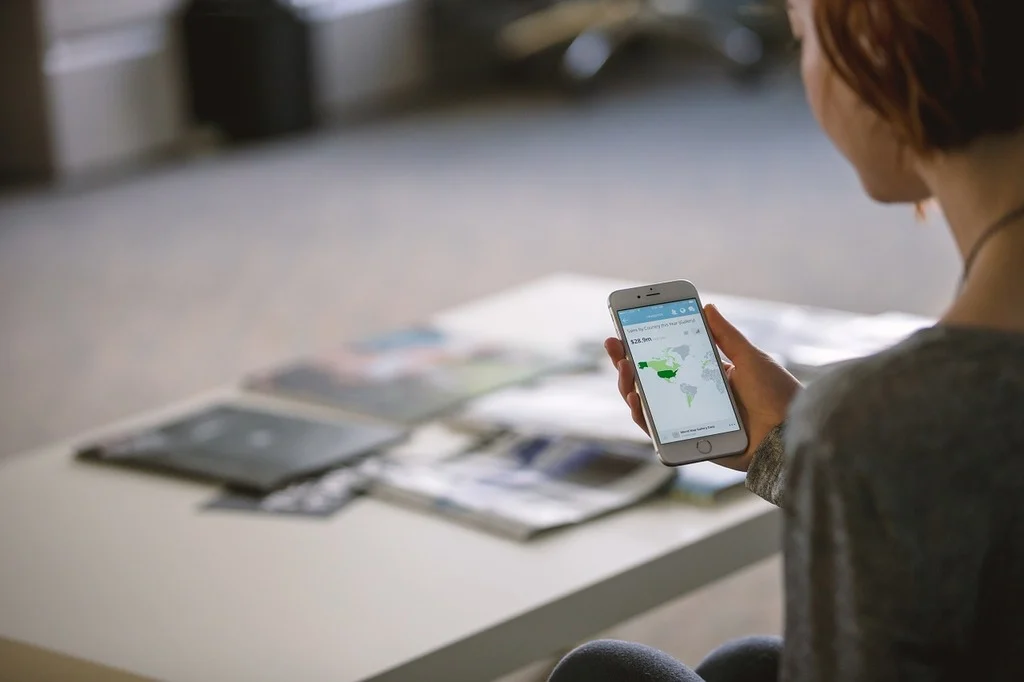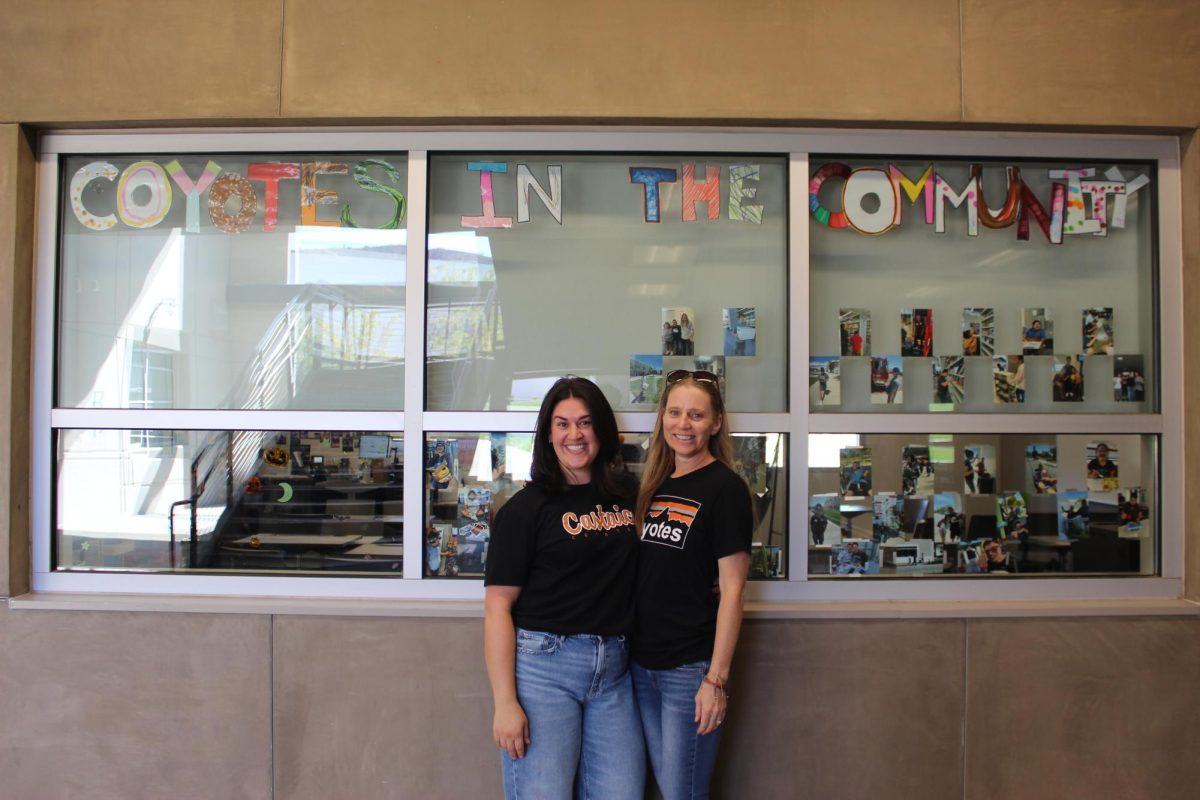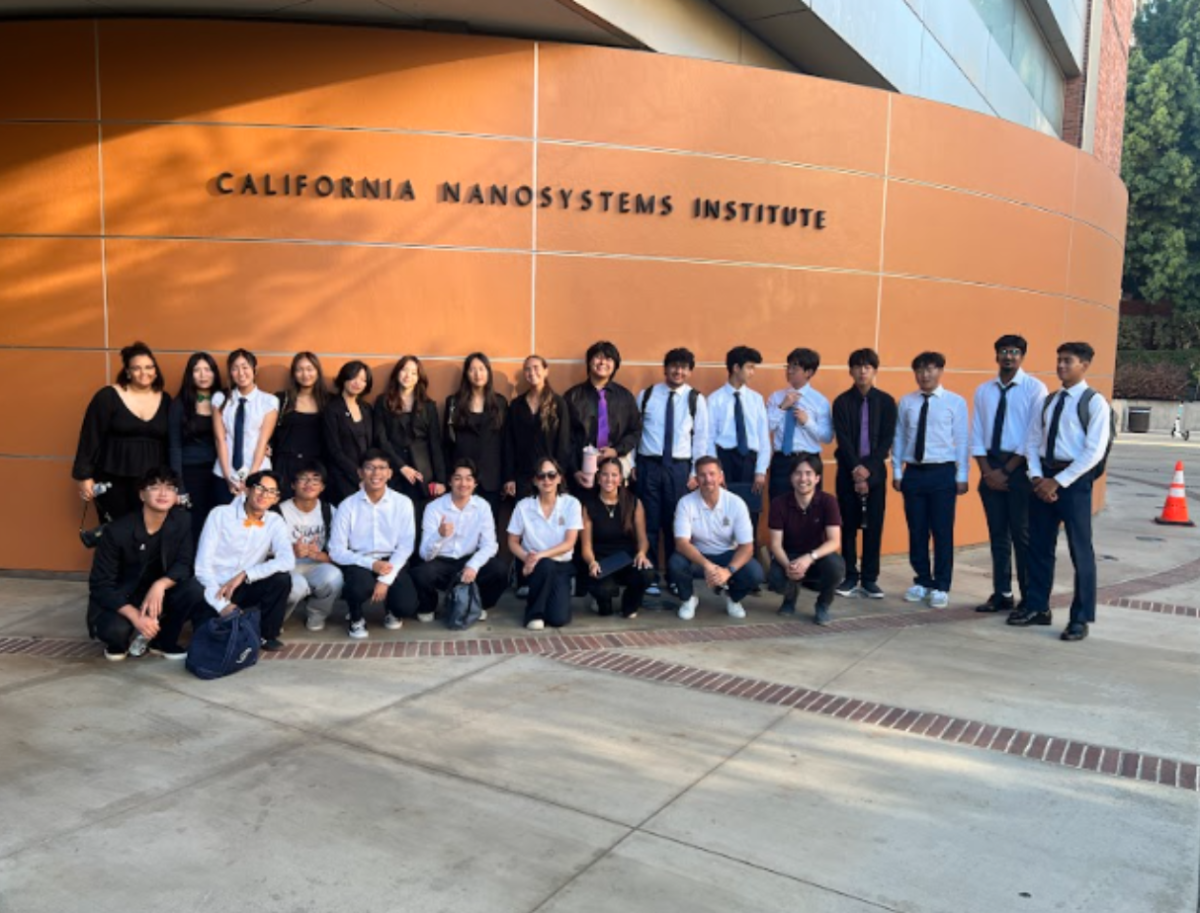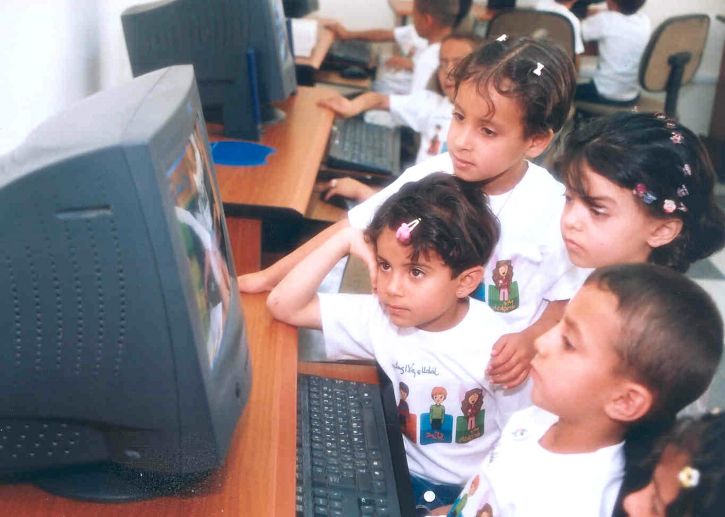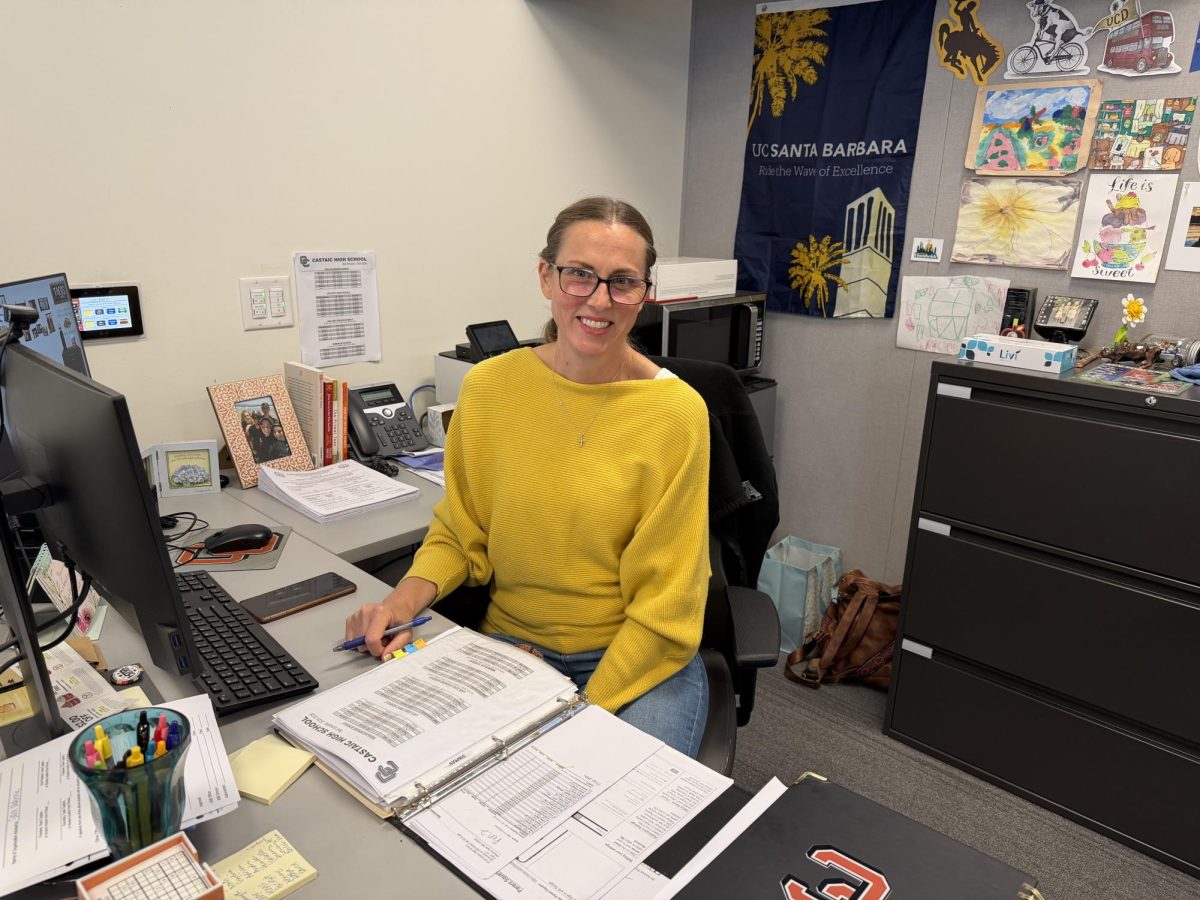Cell phone use is becoming a significant problem across the country. In a generation of technology, students are finding it hard to separate from their phones while in school. In 2020, the percentage of schools with bans had jumped to 77 percent. Should Castaic continue to implement a ban in classrooms, or stop the problem once and for all by banning the use of cellphones on school grounds?
Many middle schools in Orange County have already banned cell phones campus-wide. Arroyo Seco and Castaic Middle School, for example, have a policy that prohibits phones from being used during school hours.
“I think completely banning phones is overkill,” freshman Tyler Schoenfeld says, recounting his experience with the ban in his previous middle school, “when they did it at my middle school, people stopped showing up to school, or just hid in the bathroom the whole time.”
Fellow freshman Riona Mapue adds, “It would create more work on the staff or even cause us to lose more bathrooms.”
Schoenfeld, however, builds on this by saying that banning them in classrooms is way more efficient.
Teachers campus-wide have already started implementing anti-phone policies in different ways.
Some teachers, such as economics and government teacher Daniel Ahn, have a looser policy, having students place their phones and earbuds in their backpacks. However, if phone usage does become a problem he confiscates it.
“I haven’t seen any problems with that, I haven’t got any pushback,” Ahn reports. Although other teachers haven’t had the same fortune.
“I would like for kids to handle their own phone and their own attention with it but this year it’s proving harder than in the past for kids to self-monitor with their phone,” says mathematics teacher, Brian Fink, “If I see a phone, I confiscate it and take it to the office.”
Phone pockets are a common resolution, and many teachers who haven’t started using them would like to. However as Ahn and Fink have addressed, they are hard to implement.
“There are a lot of teachers on our campus that are having great success with phone pockets, however, they are hard to implement halfway through [the year].”
Castaic teachers Kenneth Brower and Anna McAfee have found ways to properly implement phone pockets into their class culture. Brower uses the phone pockets as a way to take attendance and McAfee has students exchange their phones for a calculator at the door.
However, some students and teachers have some issues with the pockets.
One teacher, Michael Turski, while mostly in support of phone pockets, also addresses some issues that they present.
“I’ve done it before when I have had an emergency change in the golf team’s plans,” he explains. “I do like the ability to send out a text and for them to see it immediately.”
Some students also have an issue with the phone pockets in case of a school-wide emergency. Junior Connor Whitlach notes that there our school has undergone lockdowns before.
“Especially having a sibling going to the same school, my first priority would be finding out where he is, and I wouldn’t be able to do that if my phone was confiscated or in a pocket.”
Although, no matter how teachers choose to deal with the problem, it is important to know why all these bans or policies are implemented in the first place. Turski brings up that these policies “help students break an addiction,” and, according to a study performed in 2016, it’s been proven that 50% of teens feel addicted to their cell phones. We as a generation are so glued to our phones, that it becomes difficult to put them away. World history teacher, David Williams, explains that phone addiction got so bad that at one point in his career, he considered quitting teaching. Generally, these policies aren’t put in place as a punishment, but instead as a way to help students in their learning. Whether Castaic High School chooses to enforce stricter policies in phone usage at our school or not, these conversations are important to have as it pertains to our future.


